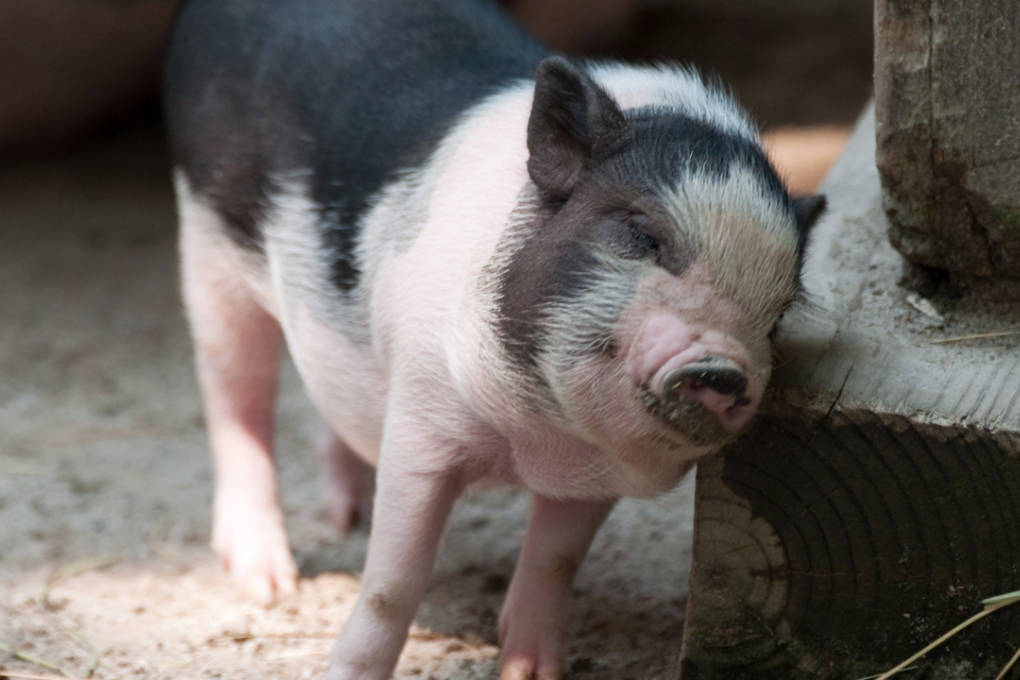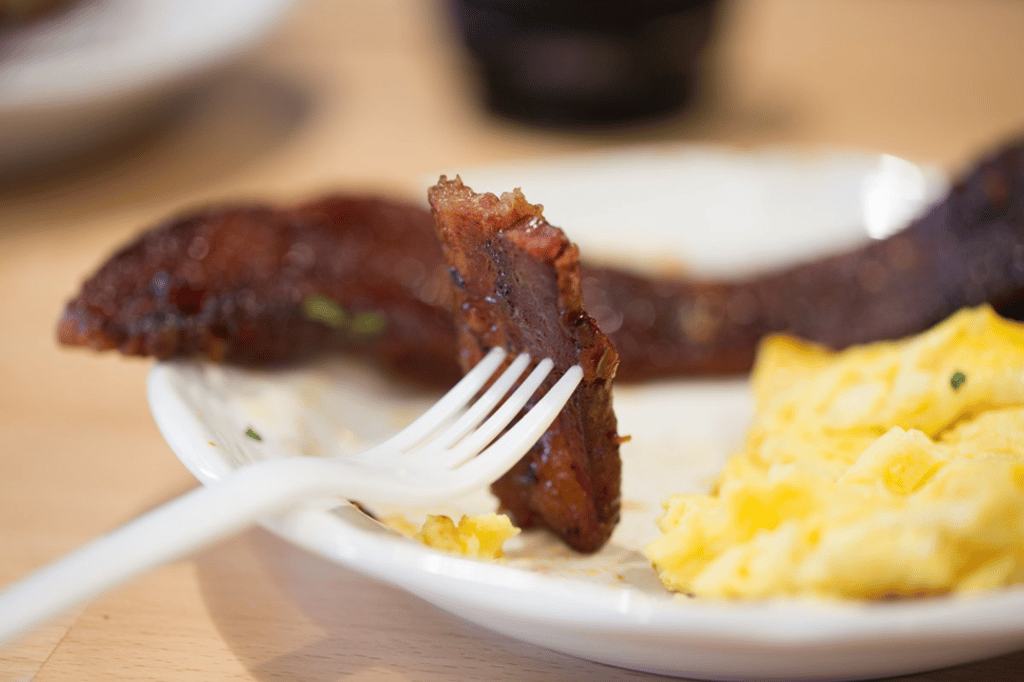Beijing scientists have engineered a reduced-fat pig with 24 per cent less body fat
Researchers say the gene editing technique could lead to more efficient pork production, reduced costs for farmers, and healthier pigs

By Hilary Brueck
It sounds almost like an oxymoron: low-fat pork.
Researchers in Beijing have developed a new kind of pig with 24 per cent less body fat than regular, lard-laden swine. The researchers say their technique could help pigs stay warmer, grow faster and healthier, all while reducing costs for breeders.
The successful pig experiment, announced Monday in the Proceedings of the National Academy of Sciences, is a first. In addition to being low-fat, the experimental pigs are unique in one important genetic way: they’ve got mice proteins in their system.
Pigs have a reputation for being fatty, but they don’t carry the gene that produces brown fat — the stuff that helps most mammals stay warm and burn energy. That’s because they lack the requisite protein, known as UCP1. A team of researchers from the Chinese Academy of Sciences say they’ve found a way to build that protein into baby pigs, creating a new brown fat-carrying pig that can keep itself warmer, without putting on as much “white” fat — or, as you may know it, lard.
Researchers added the protein using CRISPR/Cas9, a gene-editing technology that’s kind of like a cut-and-paste function for genetic code. Snip a bit of the UCP1 mice protein into a pig embryo and voila: a pig that develops less fat is born. (Though it’s not quite as easy as it sounds in practice: the scientists successfully birthed just 12 male piglets from a total of 2,553 embryos.)
